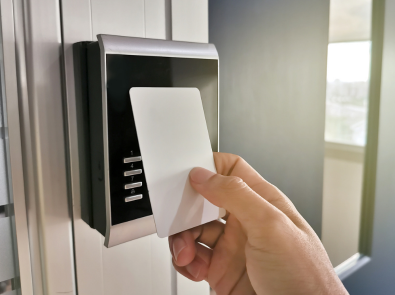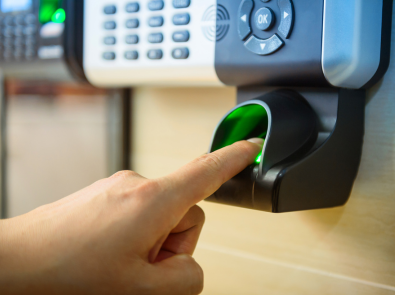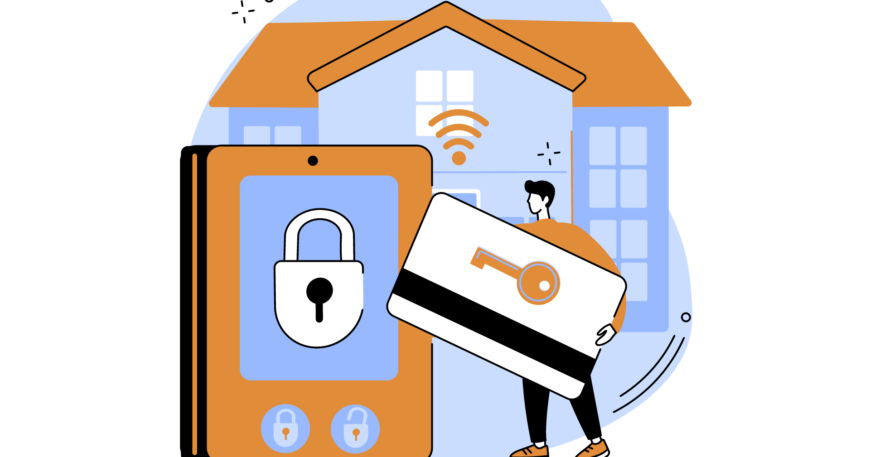Access control systems are essential for regulating entry, enhancing security, and maintaining control over access to buildings, rooms, or specific areas within a facility. By understanding how these systems work and the components involved, you can make informed decisions about implementing an access control solution that suits your security needs. In this blog post, we will explore the working principles of access control systems and the key components that contribute to their effectiveness.
Working Principles: Access control systems are designed to permit or deny access to authorized individuals based on predefined criteria. Here are the basic working principles of an access control system:
Identification:
The system identifies individuals seeking access through various means, such as a proximity card, key fob, PIN code, biometric scan (fingerprint, iris, etc.), or a combination of these methods.
Authentication:
Once an individual presents their identification, the access control system verifies the information against a stored database to authenticate their identity. This process ensures that only authorized individuals gain access.
Authorization:
Upon successful authentication, the access control system checks the person’s access privileges and permissions, determining whether they are allowed entry into the specific area or facility. These permissions are typically preconfigured by system administrators.
Access Granting or Denial:
Based on the authentication and authorization results, the access control system triggers the appropriate response. If access is granted, the system allows the individual to enter. If access is denied, the system denies entry and may trigger an alarm or notification to security personnel.





